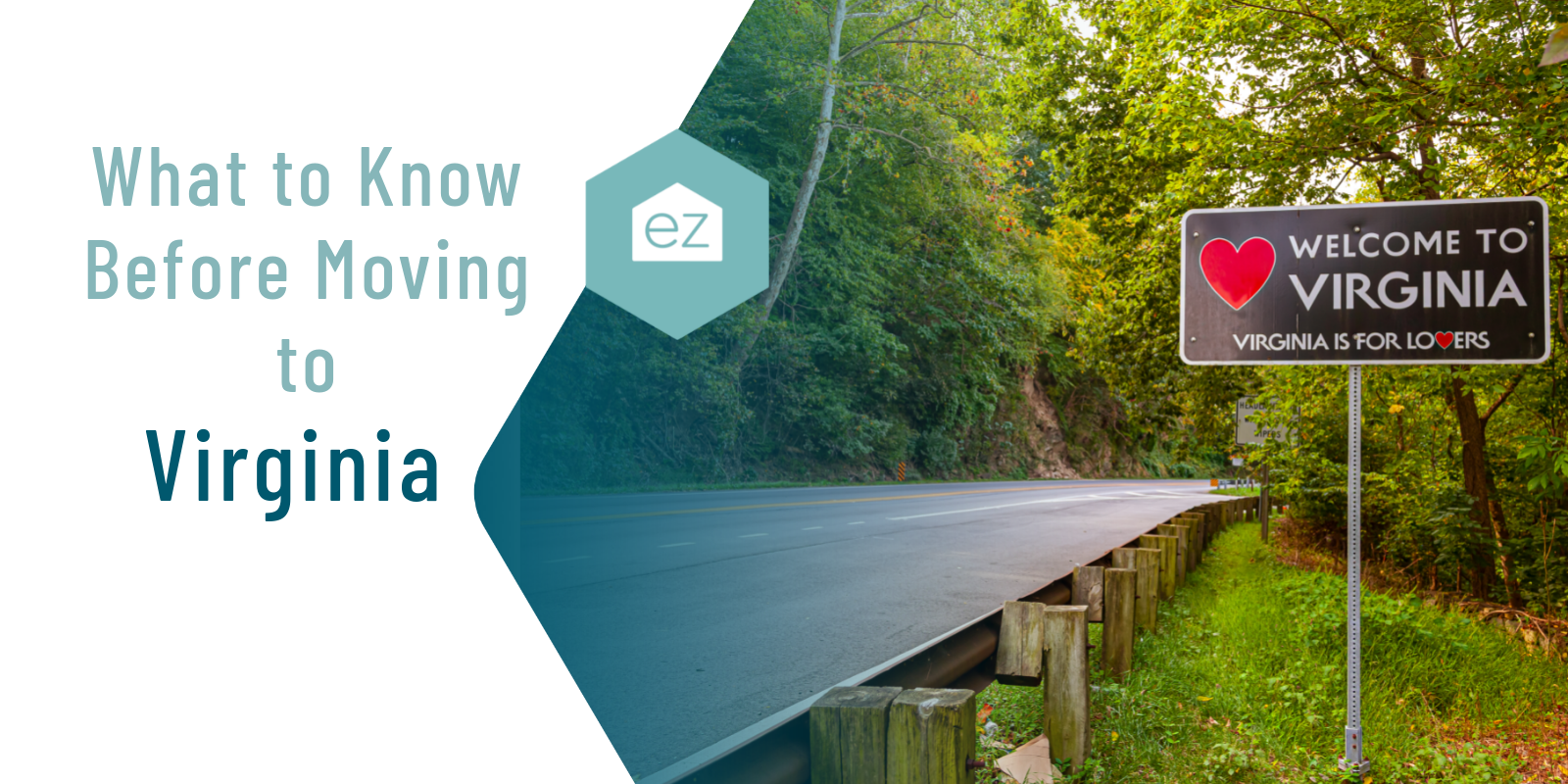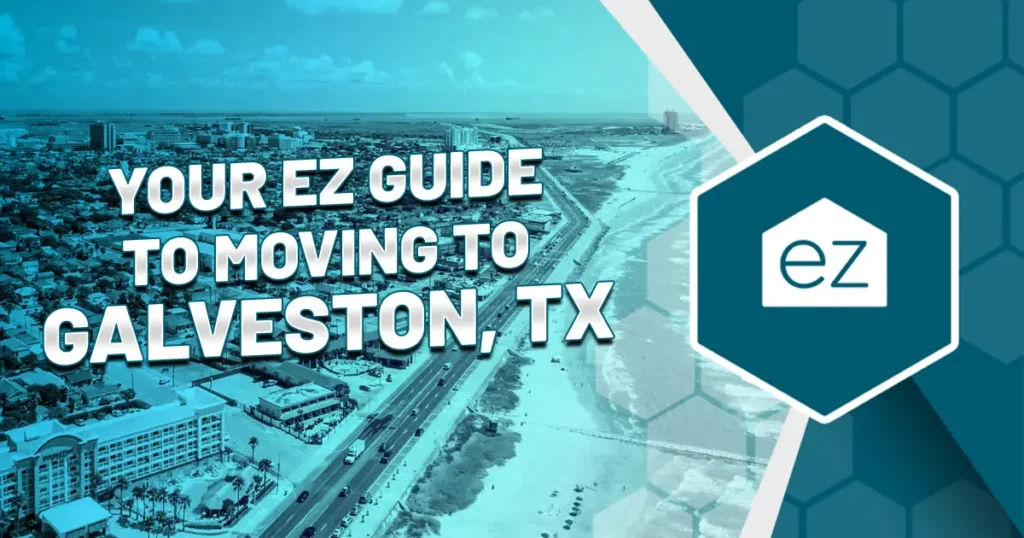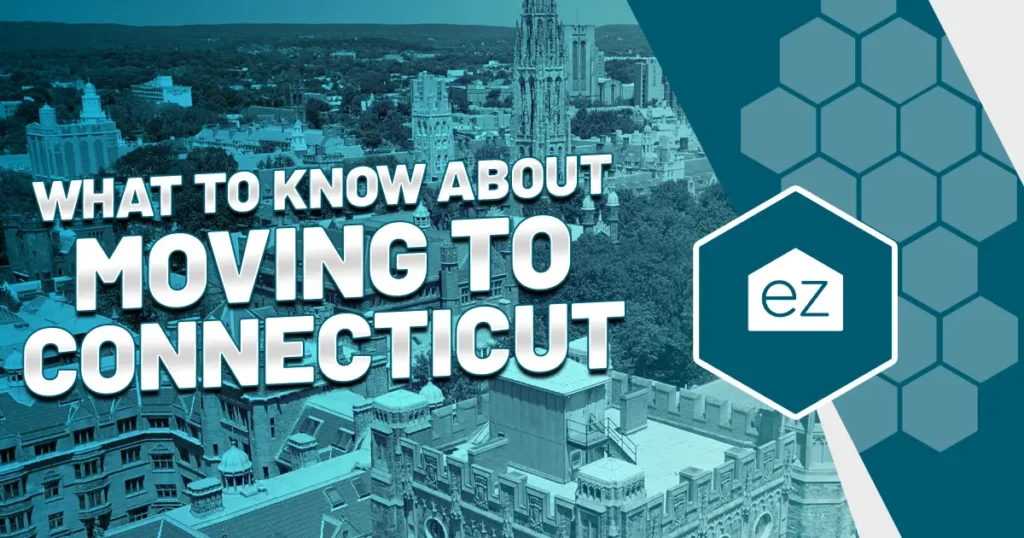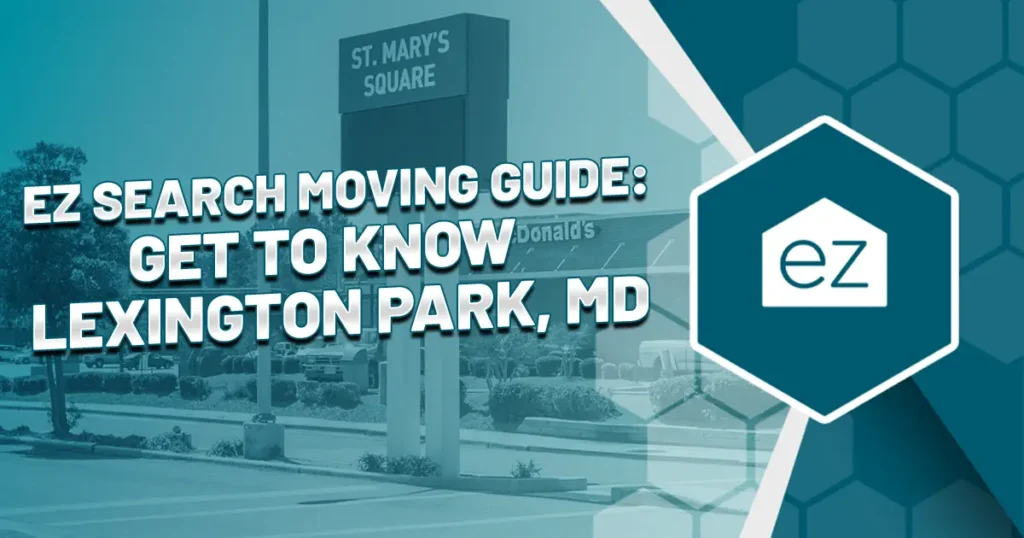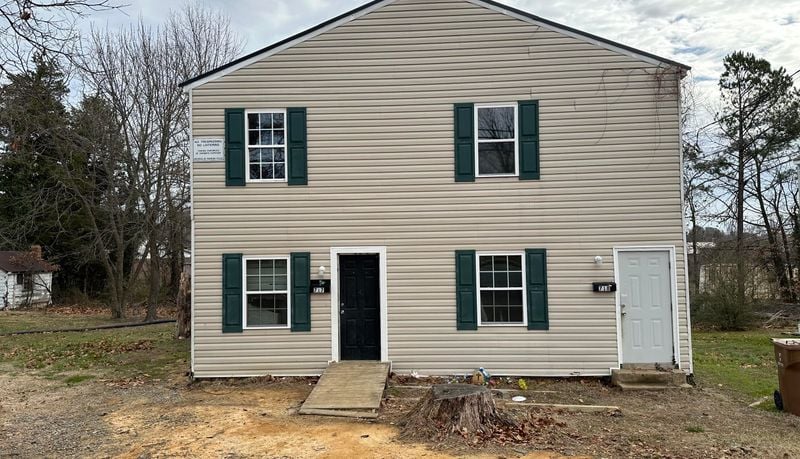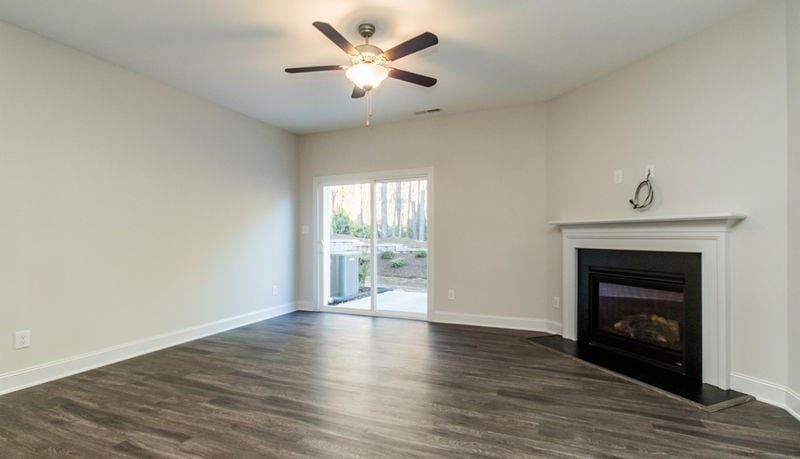What to Know Before Moving to Virginia
What to Know Before Moving to Virginia
So you’re thinking about moving to Virginia? The Old Dominion State has a lot to offer, from stunning natural beauty to rich history and culture. Virginia is a beautiful state to call home, and it is centered on the Eastern seaboard, placing residents about a day’s drive between Boston and Miami. In the state, adventurers have everything they could desire: beaches to the east and mountains to the west. Residents have ample history, arts, and cultural attractions, top-notch education options, and more lifestyle amenities at the ready.
Before you pack your bags and move, learn a few things about what it’s like to live in Virginia to see if it’s right for you. From the weather to the job market to the cost of living, here’s everything you need to know about Old Dominion before moving.
Weather
One of the first things you’ll notice when moving to Virginia is the weather. The state has four distinct seasons: hot summers, cool winters, and moderate spring and fall temperatures.
However, depending on which part of the state you live in, the weather can vary greatly. For example, the mountains tend to be cooler than the lower-lying areas, and the coastal regions can experience more humidity than inland areas. The state has five distinct climates (and geographical) regions: Tidewater, Piedmont, Northern Virginia, Western Mountain, and Southwestern Mountain. The coastal areas’ average temperatures in July and August rarely exceed 90F, while temperatures in the mountains can be 5-10F cooler.
Statewide, Virginia averages 44 inches of rain and 52 inches of snowfall. More of that snow will fall in the mountains.
Geographical Regions
As mentioned, Virginia has five distinct regions: Tidewater, Piedmont, Northern Virginia, Western Mountain and Southwestern Mountain.
Tidewater: Also known as the Coastal Plains, this area includes Virginia’s Eastern Shore, Chesapeake Bay, and Hampton Roads. The low-lying area along the seaboard has a humid subtropical climate with hot summers and cool, wet winters.
Piedmont: The Piedmont region is located in the central part of the state and includes the cities of Richmond, Charlottesville, and Fredericksburg. It starts in the “fall” region, where rivers and small waterfalls make the 300-foot drop to the coastal plains. The rolling hill country rises as you head west to the Blue Ridge Mountains. This area has a humid continental climate with four distinct seasons. Spring and fall are particularly lovely in the Piedmont, with average temperatures in the 60Fs and 70Fs.
Northern Virginia: Northern Virginia is the state’s most populous region and includes the Washington, DC, metropolitan area. Parts of Northern Virginia include the Piedmont and Blue Ridge Mountain topography. The climate here is similar to that of the Piedmont, but because it’s further north, the winters are slightly cooler, and the summers are not quite as hot.
Western Mountain: The Western Mountain region includes the Shenandoah Valley. A large section is part of the “Great Valley,” a distinct area of ridges and interspersed flat valleys with caves and hot springs.
Southwestern Mountain: The Southwestern Mountain region includes the Valley and Ridge features, plus a section of the Appalachian Plateau as it extends south to the Great Appalachian Valley. This area has a rigid and hilly terrain, valleys, and flatlands. Upper regions have resources like forests, coal, and natural gas deposits.
Job Market
The job market in Virginia is strong, with the state’s unemployment rate sitting below the national average at 2.8% in June 2022. The largest industries in Virginia are government, retail trade, education and health services, professional and business services, and manufacturing. However, there is a healthy mix of industries represented across the state.
Overall, US News and World Report ranks Virginia as the no. 13 state for its economy. It was no. 5 in the nation for its employment rate but no. 24 for job market growth, with 5% total growth expected from 2021-2023.
The fastest-growing demand in 2022 was primarily in health care for occupational therapy assistants, physical therapy aides, nurse practitioners, and ambulance drivers. Personal finance advisors were also in demand.
Virginia has the largest data center market in the world, accompanied by a high percentage of tech workers. A robust manufacturing base is supported by the third-largest port on the East Coast. The economy also has a strong presence in life sciences, distribution and warehousing, defense and unmanned systems.
Cost of Living
The cost of living in Virginia is 3% higher than the national average, based on the Best Places Index by Sperling. The real cost varies depending on which part of the state you live in. Overall, the state has a cost of living index of 103.7 compared to the 100 national median. Housing was 18% above national averages and the highest expense category.
However, some areas are much more expensive than others. For example, Arlington in Northern Virginia has a cost of living index of 168.7, which means it’s 67.8% more expensive to live there than in the rest of the country. Meanwhile, the Charlottesville area has a cost of living index of 104.5, which means it’s 4.5% more expensive to live there than the national average. Roanoke in the western part of the state was 84.5 overall, making it about 15% cheaper.
Home Affordability
Virginia’s housing costs are relatively affordable compared to other East Coast states. The median home price in Virginia is $395,315. Between May 2017 and May 2022, the median housing price increased by 40%.
Of course, housing prices vary widely across the state. Shenandoah Valley and Northern Virginia had the most growth in supply in June 2022. Northern Virginia also had a few of the highest median prices ($600,000 in June 2022) and some of the highest price increases between 2000-2019. Homes in Arlington and Fairfax were on par with prices in Martha’s Vineyard. Southeast Virginia had a median price of $326,190 in the same month.
Based on Virginia Realtors data, the busiest markets for homes sales in 2021 were:
- Buchanan County
- Charlotte County
- Covington City
- Highland County
- Lexington City
The top five markets based on median sale price increases were:
- Brunswick County
- Highland County
- Bland County
- Covington City
- Bristol City
Beaches
Virginia has over 3,000 miles of coastline, so it’s no surprise that the state is home to some beautiful beaches. Virginia’s most popular beach destination is the Eastern Shore, located on a peninsula between the Chesapeake Bay and the Atlantic Ocean. This area is known for its pristine beaches, wildlife refuges, and quaint towns. Other popular beach destinations in Virginia include Chincoteague Island, Virginia Beach, and First Landing State Park.
Historical Attractions
Virginia is rich in history, with attractions and monuments to explore throughout the state. Some popular attractions include Colonial Williamsburg, Monticello, Mount Vernon, Arlington National Cemetery, and Jamestown, all key landmarks in American history. These destinations offer a glimpse into life during different periods of American history. They are worth visiting if you’re interested in learning more about our country’s past.
Food and Dining
Virginia is home to a diverse range of cuisine, thanks to its many different cultures and regions. If you’re looking for something traditional, try Virginia ham, oysters, hush puppies, blue crab cakes, or peanut soup. Southern Virginia is the home of Brunswick stew, a heavy meat-and-vegetable soup perfect for a cold day.
Virginia is the sixth largest producer of apples in the nation. The farms are concentrated around the Shenandoah Valley and central Virginia. Living in Virginia wouldn’t be complete without trying a delicious slice of apple pie or going apple picking.
Virginia is also known for its plump peanuts, so be sure to try some of the state’s famous peanut butter if you get the chance. Peanut country is concentrated in the southern and eastern parts of the state.
Sample the state’s many different craft beers, wines, and spirits for something a little more eclectic.
Wine Country
Virginia is home to over 300 wineries, and the state’s wine industry has been proliferating in recent years. America’s oldest wine grape, the Norton, was developed here in Richmond in the 1820s.
The vast majority of Virginia’s wineries are located in the northern part of the state. This area is particularly well-suited for grape-growing, thanks to its climate and soils. Some of the most famous wines produced in Virginia include Petit Verdot, Viognier, Chardonnay, Merlot, and Cabernet Franc.
Traffic
There’s no getting around it: Virginia has some of the worst traffic in the country. According to INRIX, a global traffic data company, the average driver in Virginia spends 61 hours a year stuck in traffic. That’s the equivalent of more than two full work weeks! Overall, WalletHub ranked Virginia no. 14 in the nation for its traffic and roadways. However, in the traffic and infrastructure category, it was no. 40.
The state’s worst area is the Washington, DC, metro. Congestion ranked DC 15th in the country, with local commuters spending on average 21% more time getting to their destination than if there was no traffic. The worst time on DC roads was Fridays, 4-5pm.
The good news is there are several ways to avoid Virginia traffic. One option is to use public transportation. The Washington Metropolitan Area Transit Authority (WMATA) operates many bus and rail lines throughout the state that can help you get around without having to deal with traffic.
Safety and Crime
Virginia is generally a safe state to live in, ranking overall as the 10th safest state in the country for public safety, according to US News and World Report. It had a low violent crime rate, ranking it no. 6.
Like anywhere else, there are always areas that are safer than others. In general, the larger cities tend to have higher crime rates than the smaller towns and rural areas. For example, Richmond has a crime rate that is higher than the national average. In contrast, Winchester has a crime rate that is lower than the national average.
According to Safeties, the state’s safest cities in 2022 were:
- Bridgewater
- Buena Vista
- Purcellville
- Blacksburg
- Dumfries
These are primarily in the Western mountain regions of Virginia.
Education
Virginia ranks as the 12th best state in the country for education, according to US News and World Report. WalletHub boosted it higher, to no. 4 in 2022. It has some of the top public schools in the nation, including Thomas Jefferson High School for Science and Technology, ranked as the no. 1 public high school in the country by US News and World Report in 2022. Virginia’s public PK-12 system ranked at no. 10 in the same report.
The state also has several highly respected colleges and universities, such as the University of Virginia, William and Mary, and Virginia Tech. Several of these are historic colleges, such as William and Mary, one of the nation’s oldest universities. The University of Virginia ranked no. 25 in the country for national universities.
Healthcare
Virginia’s health care typically receives high marks for quality and safety from independent evaluators. It has several highly ranked hospitals and medical centers, such as the University of Virginia Medical Center, which was the best in the state for five years running in 2022. Other top-tier providers were Inova Fairfax Hospital and Sentara Norfolk General Hospital.
According to US News and World Report, Virginia also has several top-ranked doctors. The state was ranked no. 11 in the country for healthcare in 2022.
Taxes
Virginia has a state sales tax of 5.3%. The state caps local sales taxes at 0.70%. The average state sales tax rate is 5.75%.
The state does have an income tax of 2% to 5.75%, depending on your income bracket. Most residents pay the 5.75% rate, as the taxing bracket is $17,001 and up.
Local taxes, such as property and real estate taxes, are levied by Virginia’s cities, counties, and towns. All properties are assessed on their full value, determined in two-to-six year cycles. Tax rates vary depending on where you live. The state median of property taxes paid as a percentage of home value was 0.87%.
Based on the average effective property tax rate, the counties with the highest property taxes were Fairfax, London, and Prince William County. The lowest property taxes were in Prince Edward, Northumberland, and Amelia County.
Living in Virginia
Virginia is a great state to live in, whether you’re looking for city life, small-town charm, or a rustic mountain retreat. It has a lot to offer residents, from its beautiful scenery to its top-tier schools and hospitals. The advantages of a Virginia lifestyle go on: low crime rates, solid job market, historical attractions, and an interesting dining scene. It’s easy to see why people fall in love with Virginia.
Keep exploring Virginia and let a local real estate agent help find the right community to call home.
